While Minister for Communications and Climate Action Richard Bruton may have stopped short of pledging support for Ireland's biogas industry, there is a growing sense that this technology will still play a vital role in meeting Ireland’s climate and renewable obligations.
Over the past year, momentum has been growing in the biogas industry. Two weeks ago, the Renewable Gas Forum Ireland (RGFI) unveiled an ambitious plan that will need more than 300 anaerobic digester (AD) plants to be built on Irish farms by 2030.
These AD plants would produce biomethane, which is a renewable gas produced from grass and cattle slurry and would be injected into the national gas grid.
Last month, we saw the Irish Bioenergy Association (IrBEA) begin the search for farmers interested in farm-scale anaerobic digestion to take part in their new small biogas demonstration project.
A proposal from (IrBEA) and the Composting and Anaerobic Digestion Association of Ireland (Cré) back in July outlined the potential for an initial network of 25 AD plants around the country.
This would require Government support of around €40m investment to incentivise the first phase of a 1.6Twh/200MW biogas project, through a biomethane support scheme.
Earlier this year, we saw the first farm-produced biogas being collected by Gas Networks Ireland for injection into the national grid.
Gas Networks Ireland has been central in pushing for the development of the biogas sector and is involved with the flagship GRAZE project in Mitchelstown, Co Cork. We’ve also seen several larger agribusinesses aiming to investing in renewable gas.
Green gas
Grass silage and slurry have been central to the call for the proposed development of the Irish biogas industry due to their abundance and relative ease of access.
Slurry, while a relatively low gas yielder when compared to other feedstocks, is abundant and readily available.
Grass is mooted as a key feedstock due to its abundance, its underutilisation in certain areas and its potential to increase yields.

Grass will be a key ingredient in Ireland's biogas industry.
For example, IrBEA has quoted Teagasc figures which show that the average grass yield could be increased by at least 50%.
Furthermore, University College Cork (UCC) research shows how underutilised land, particularly in the less intensively farmed areas in the west of Ireland and the midlands, could be brought into production.
It is widely accepted that a viable biogas industry would provide livestock farmers with an outlet for excess grass, particularly in areas where beef farming is dominant.
Tillage crops
The cultivation of annual crops such as maize, beet and whole crop cereals have been central to the development of commercial biogas plants in the UK and much of Europe. Energy crops are typically energy-dense and produce high gas yields.
In Germany for example, a typical farm-scale biogas plant has been modelled of a minimum requirement of 8,000t of maize, which will be co-digested with other feedstocks.

Hybrid rye is grown in many areas in Northern Ireland for biogas plants.
However, the use of purpose-grown energy crops in the production of biogas looks set to change due to the sustainability criteria set out in the Renewable Energy Directive II (RED II).
The sustainability criteria sets out guidance on how to ensure that the production of biogas meets greenhouse gas (GHG) abatement requirements, largely dictated by the feedstock and biogas technology.
One of the measures in the criteria aims to ensure that the GHG emissions associated with the production of the feedstock falls under pre-set thresholds, typically above 70 CO2eq/MJ.
While producing biogas using an amount of energy crops as well as slurries is still possible, these criteria will likely restrict the amount of energy crop inclusion into the feedstock mix, potentially reducing the biogas yield.
While the composition of feedstock is different for every digester, there are many biogas plants in the UK and Europe run almost exclusively of purpose-grown energy crops. This will likely not be permitted in any new biogas plants going forward.

Fodder beet remains a key feedstock for many European biogas plants.
Where the tillage sector is muted to play a role in Ireland's evolving industry is in the production of grass and clover to sell to a biogas plant. Grass is classed as a ‘non-food cellulosic material’ in RED II and favours well in the directives sustainability criteria.
There may also be the potential for the cultivation of cover crops between two commercial crops for sale to a plant.
Green Gas Certification Scheme
While RED II sets out the key criteria for biogas production, the specific criteria tailored to the production of renewable biogas in Ireland has yet to be released.
This will be contained in the terms of the Green Gas Certification Scheme, which has been in development since 2017. The criteria of the scheme will determine the process for biogas certification and is expected to be released later in the year.
Listen to the full podcast here:
Read more
Bruton plays down government support for biomethane sector
20 minutes with Denis O’Sullivan, Gas Networks Ireland
Farmers wanted for €500,000 biogas project
‘Scandalous’ lack of biogas funding
Proposed biogas network would need 31,000ac of grass
Farm grass and slurry central to €40m biogas proposal
While Minister for Communications and Climate Action Richard Bruton may have stopped short of pledging support for Ireland's biogas industry, there is a growing sense that this technology will still play a vital role in meeting Ireland’s climate and renewable obligations.
Over the past year, momentum has been growing in the biogas industry. Two weeks ago, the Renewable Gas Forum Ireland (RGFI) unveiled an ambitious plan that will need more than 300 anaerobic digester (AD) plants to be built on Irish farms by 2030.
These AD plants would produce biomethane, which is a renewable gas produced from grass and cattle slurry and would be injected into the national gas grid.
Last month, we saw the Irish Bioenergy Association (IrBEA) begin the search for farmers interested in farm-scale anaerobic digestion to take part in their new small biogas demonstration project.
A proposal from (IrBEA) and the Composting and Anaerobic Digestion Association of Ireland (Cré) back in July outlined the potential for an initial network of 25 AD plants around the country.
This would require Government support of around €40m investment to incentivise the first phase of a 1.6Twh/200MW biogas project, through a biomethane support scheme.
Earlier this year, we saw the first farm-produced biogas being collected by Gas Networks Ireland for injection into the national grid.
Gas Networks Ireland has been central in pushing for the development of the biogas sector and is involved with the flagship GRAZE project in Mitchelstown, Co Cork. We’ve also seen several larger agribusinesses aiming to investing in renewable gas.
Green gas
Grass silage and slurry have been central to the call for the proposed development of the Irish biogas industry due to their abundance and relative ease of access.
Slurry, while a relatively low gas yielder when compared to other feedstocks, is abundant and readily available.
Grass is mooted as a key feedstock due to its abundance, its underutilisation in certain areas and its potential to increase yields.

Grass will be a key ingredient in Ireland's biogas industry.
For example, IrBEA has quoted Teagasc figures which show that the average grass yield could be increased by at least 50%.
Furthermore, University College Cork (UCC) research shows how underutilised land, particularly in the less intensively farmed areas in the west of Ireland and the midlands, could be brought into production.
It is widely accepted that a viable biogas industry would provide livestock farmers with an outlet for excess grass, particularly in areas where beef farming is dominant.
Tillage crops
The cultivation of annual crops such as maize, beet and whole crop cereals have been central to the development of commercial biogas plants in the UK and much of Europe. Energy crops are typically energy-dense and produce high gas yields.
In Germany for example, a typical farm-scale biogas plant has been modelled of a minimum requirement of 8,000t of maize, which will be co-digested with other feedstocks.

Hybrid rye is grown in many areas in Northern Ireland for biogas plants.
However, the use of purpose-grown energy crops in the production of biogas looks set to change due to the sustainability criteria set out in the Renewable Energy Directive II (RED II).
The sustainability criteria sets out guidance on how to ensure that the production of biogas meets greenhouse gas (GHG) abatement requirements, largely dictated by the feedstock and biogas technology.
One of the measures in the criteria aims to ensure that the GHG emissions associated with the production of the feedstock falls under pre-set thresholds, typically above 70 CO2eq/MJ.
While producing biogas using an amount of energy crops as well as slurries is still possible, these criteria will likely restrict the amount of energy crop inclusion into the feedstock mix, potentially reducing the biogas yield.
While the composition of feedstock is different for every digester, there are many biogas plants in the UK and Europe run almost exclusively of purpose-grown energy crops. This will likely not be permitted in any new biogas plants going forward.

Fodder beet remains a key feedstock for many European biogas plants.
Where the tillage sector is muted to play a role in Ireland's evolving industry is in the production of grass and clover to sell to a biogas plant. Grass is classed as a ‘non-food cellulosic material’ in RED II and favours well in the directives sustainability criteria.
There may also be the potential for the cultivation of cover crops between two commercial crops for sale to a plant.
Green Gas Certification Scheme
While RED II sets out the key criteria for biogas production, the specific criteria tailored to the production of renewable biogas in Ireland has yet to be released.
This will be contained in the terms of the Green Gas Certification Scheme, which has been in development since 2017. The criteria of the scheme will determine the process for biogas certification and is expected to be released later in the year.
Listen to the full podcast here:
Read more
Bruton plays down government support for biomethane sector
20 minutes with Denis O’Sullivan, Gas Networks Ireland
Farmers wanted for €500,000 biogas project
‘Scandalous’ lack of biogas funding
Proposed biogas network would need 31,000ac of grass
Farm grass and slurry central to €40m biogas proposal







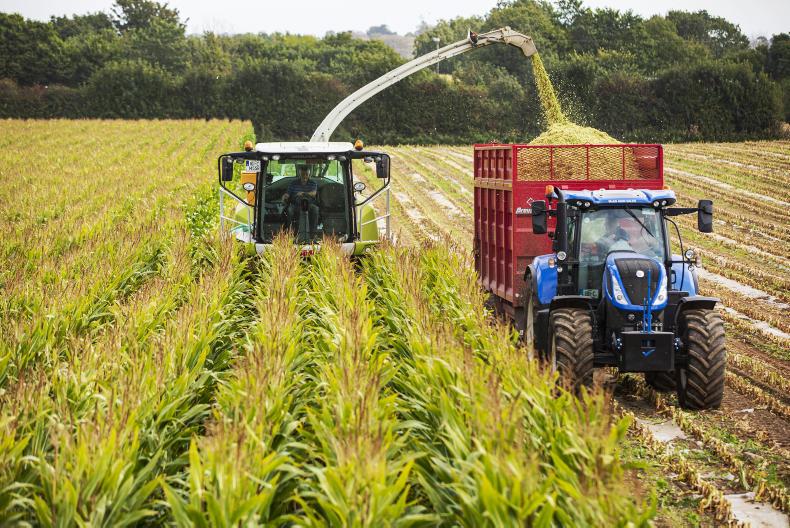
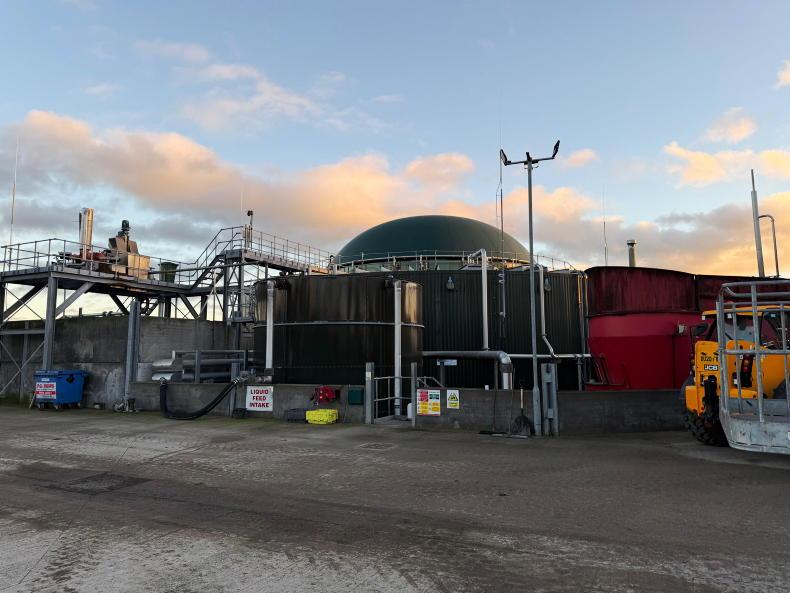

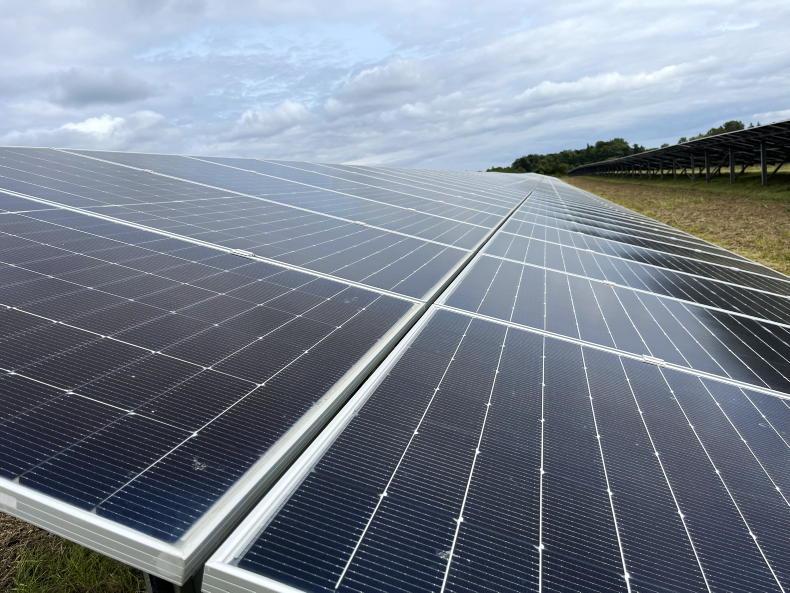
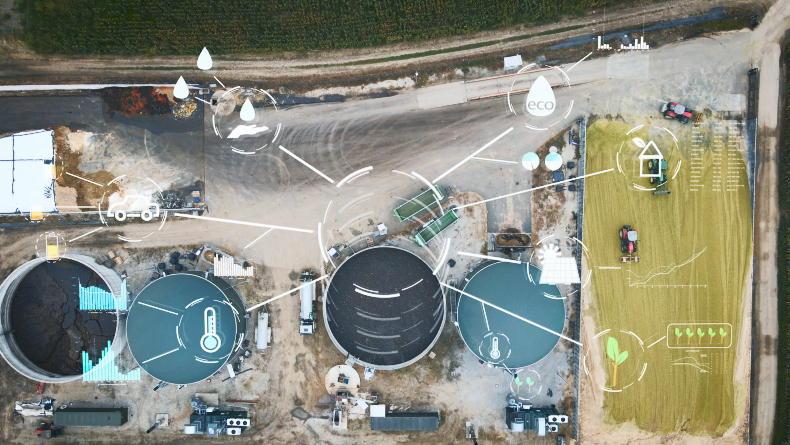
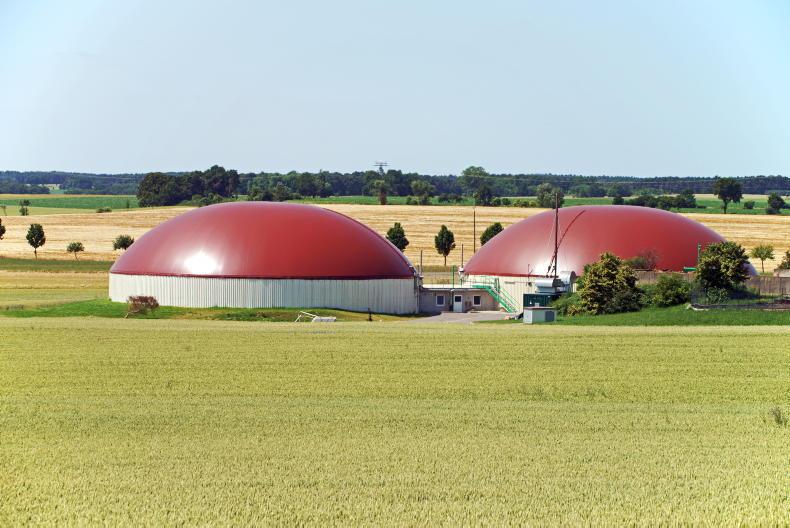
SHARING OPTIONS